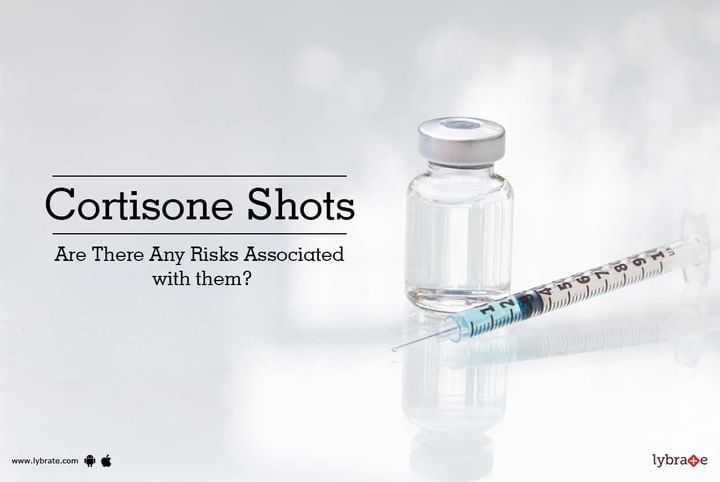Cortisone Shots - Are There Any Risks Associated with them?
Cortisone shots are injections that help relieve pain and inflammation. They are injected directly into the joints such as the ankle, wrist, knee, hip, shoulder, elbow or spine. These injections are a combination of corticosteroids and local anaesthetics. These corticosteroids are similar to the hormones produced by the adrenal gland. Cortisone injections are often used to treat arthritis, carpal tunnel syndrome, trigger finger, shoulder bursitis and plantar fasciitis. Though they do not cure the disease but they provide temporary relief.
These injections may be slightly painful but provide relief in a day or two that lasts for a few weeks or months at a stretch. Hence, cortisone shots provide relief faster and have longer lasting results than other forms of anti-inflammatory medication. Another benefit of cortisone injections as compared to other drugs that need to be taken in through the mouth is that it avoids side effects of anti-inflammatory medication such as an upset stomach etc. Cortisone injections can also be used to treat backaches and pain that radiates from the spine to an arm or leg.
However, cortisone injections are associated with a number of risks. These include:
- Infection in the joints
- Nerve damage
- Thinning of tissue and skin around the injection site
- Pain and inflammation in the joint
- Weakening or rupturing of tendons
- Osteoporosis or thinning of bones
- Lightening of skin around the injection site
- Osteonecrosis or death of bones in the injected area
- Blood sugar spikes – this is seen mostly in diabetic patients
- Weakening of the immune system if the person has an underlying infection
In most cases, these side effects are short-lived. Higher dosages and frequent administration can increase the body’s exposure to the corticosteroid. This increases the risk of long-term side effects such as:
- Acne
- Easy bruising
- Weight gain
- Cataract formation
- Puffiness of the face
- High blood pressure
Cortisone may also be held responsible for the deterioration of cartilage inside a joint. For this reason, doctors do not advise cortisone injections to be had more than 3-4 times a year. The minimum interval between two cortisone injections must be 6 weeks. Doctors also typically limit the number of injections given in one joint.
When used judiciously, cortisone injections can greatly improve the quality of a patient’s life. Hence it is very important to get treated only by a qualified doctor and to completely understand the pros and cons of using this form of treatment. If you wish to discuss about any specific problem, you can consult a doctor and ask a free question.



+1.svg)
